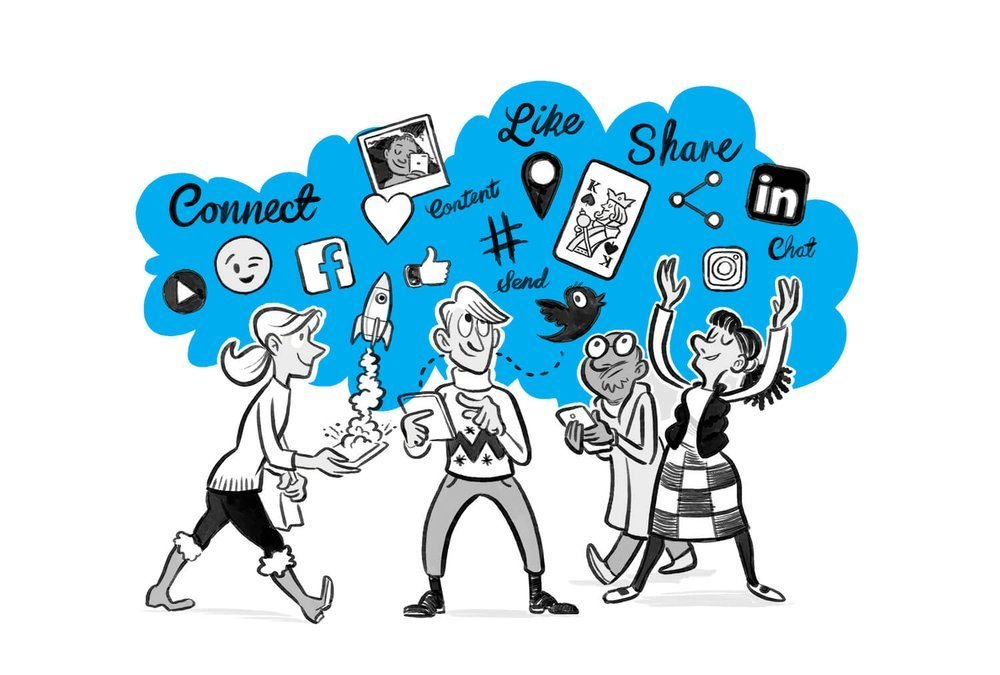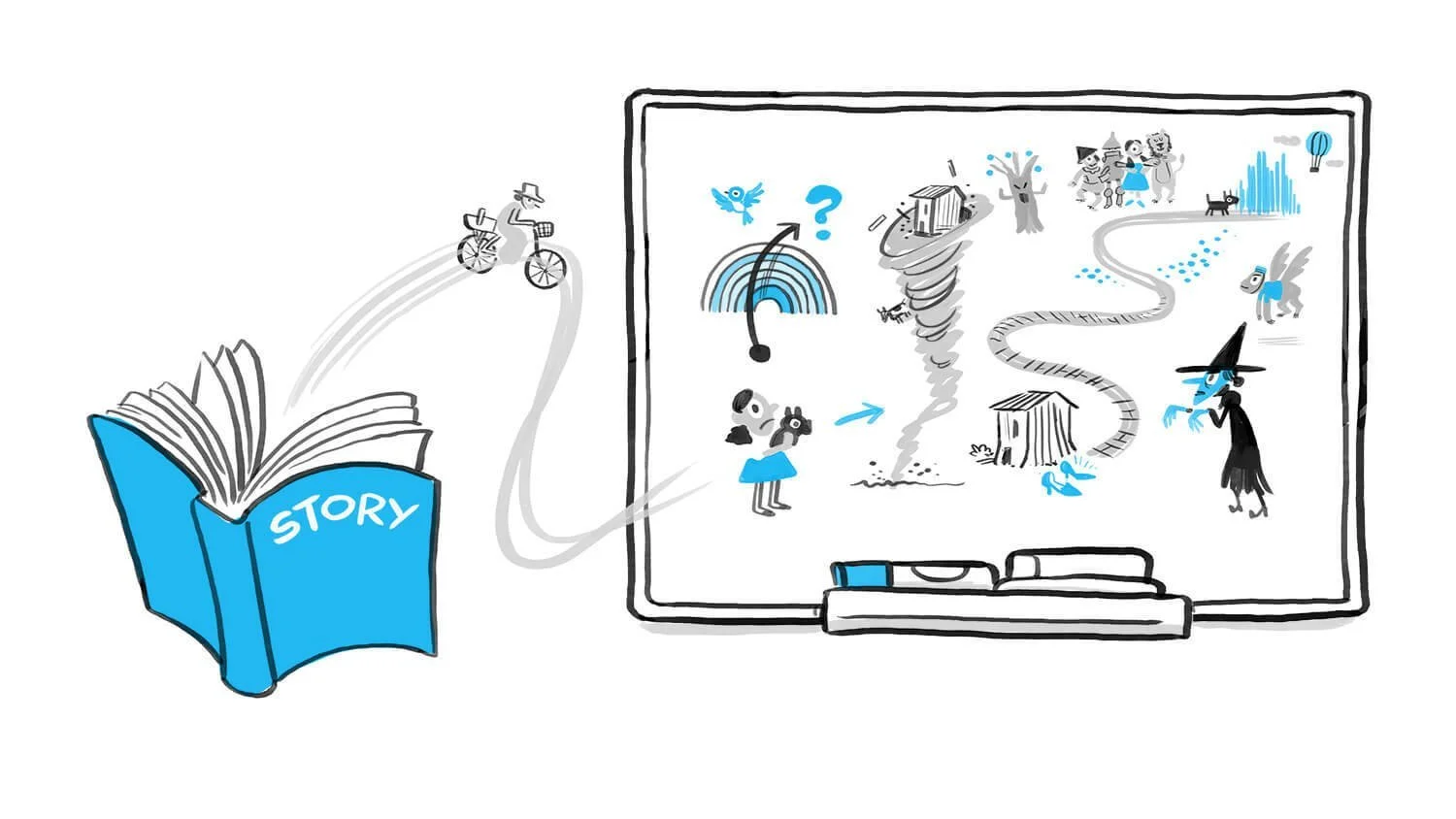In the fast-paced digital landscape, where attention spans are fleeting and information overload is the norm, businesses are constantly seeking innovative ways to engage their audience. Explainer videos have emerged as powerful tools in the realm of digital communication, captivating viewers with their visual appeal and storytelling prowess. But what lies beneath the surface of these animated narratives? What psychological principles make explainer videos so effective in engaging audiences? Let's delve into the psychology behind effective explainer animations and understand how they captivate, persuade, and leave a lasting impact on viewers.
1. Visual Storytelling: Appealing to the Emotional Brain
At the core of effective explainer animations lies the art of visual storytelling. Our brains are wired to respond to stories. When we encounter a compelling narrative, our brains release oxytocin, a hormone associated with empathy and trust. Explainer videos, with their visually stimulating content and relatable characters, tap into this emotional response. By weaving a story that resonates with the viewers' emotions, explainer animations create a memorable and relatable experience, enhancing the impact of the message being conveyed.
2. Simplicity and Cognitive Load: Enhancing Information Processing
Explainer videos excel in simplifying complex concepts. The human brain has limited cognitive resources, and processing information can be mentally taxing. Explainer animations break down intricate ideas into digestible visual chunks, reducing cognitive load. By presenting information in a clear, concise, and visually appealing manner, animated explainer videos allow viewers to absorb the content effortlessly. This simplicity enhances comprehension, ensuring that the message is not lost in the complexity of the subject matter.
3. Visual and Auditory Synchronization: Creating Multisensory Experiences
Explainer animations leverage the power of multisensory experiences. When visuals and auditory elements are synchronized, the brain processes information more effectively. Animated explainer videos combine compelling visuals with engaging voiceovers and sound effects, creating a multisensory experience that captures viewers' attention. This synchronization enhances the overall impact of the video, ensuring that the message is reinforced both visually and aurally, making it more likely to be remembered.
4. Cognitive Biases: Leveraging Mental Shortcuts
Human minds are prone to cognitive biases, mental shortcuts that influence decision-making and perception. Explainer animations can subtly tap into these biases to influence viewer behavior. For example, the confirmation bias leads people to favor information that confirms their existing beliefs. Well-crafted explainer videos can present information in a way that aligns with viewers' preconceptions, making the content more persuasive and convincing. By understanding and leveraging these biases, explainer animations can subtly influence viewer attitudes and decisions.
5. Narrative Transportation: Immersing Viewers in the Story
Effective whiteboard explainer animations transport viewers into a different world, creating a state of narrative transportation. When individuals are engrossed in a compelling story, they become less aware of their surroundings and are more receptive to the message. Animated explainer videos achieve this by immersing viewers in visually captivating narratives. Through relatable characters, engaging plotlines, and emotional arcs, these videos evoke a sense of immersion, capturing viewers' full attention and maximizing the impact of the story being told.
6. Social Proof and Trust Building: Strengthening Credibility
Trust is a crucial element in any form of communication. Explainer animations can incorporate elements of social proof, such as testimonials, reviews, or case studies, to build credibility and trust. When viewers see others endorsing a product or service within an animated context, it creates a sense of trustworthiness. Additionally, animated explainer videos can feature authoritative voices or recognizable brands, further enhancing the credibility of the message. By establishing trust, explainer animations pave the way for more favorable viewer responses and actions.
7. Call to Action and Behavior Triggers: Guiding Viewer Responses
The effectiveness of explainer animations is often measured by the actions viewers take after watching the video. The strategic placement of a clear and compelling call to action (CTA) triggers specific behaviors. By integrating psychological principles such as urgency, scarcity, and social influence within the CTA, explainer animations guide viewers towards desired actions. Animated explainer videos can use persuasive language, countdowns, or testimonials to create a sense of urgency, encouraging viewers to act promptly. By understanding the psychology of behavior triggers, explainer animations can drive conversions and engagement effectively.
The psychology behind effective explainer animations is a nuanced interplay of emotions, cognition, and persuasive techniques. By leveraging the principles of visual storytelling, simplicity, multisensory experiences, cognitive biases, narrative transportation, social proof, and behavior triggers, whiteboard animation explainer videos create impactful and memorable experiences for viewers.
Understanding the psychological underpinnings of viewer engagement allows businesses and creators to craft explainer animations that resonate deeply with their audience, fostering connections, driving actions, and leaving a lasting impression in the minds and hearts of viewers. Talk to us today about how an explainer animation could work for you, by sending us a message or booking a free call with us!






























By combining simplicity, creativity, and visual storytelling, whiteboard animation offers numerous benefits that can help companies improve their communication strategies. In this blog post, we will explore some of the key advantages that whiteboard animation brings to the table.